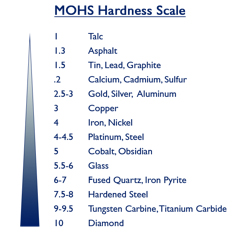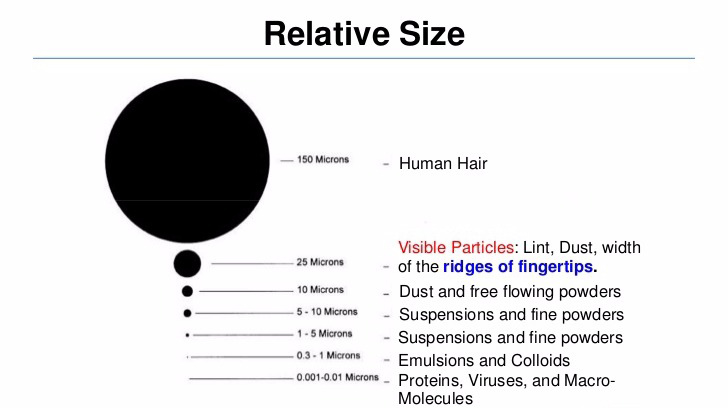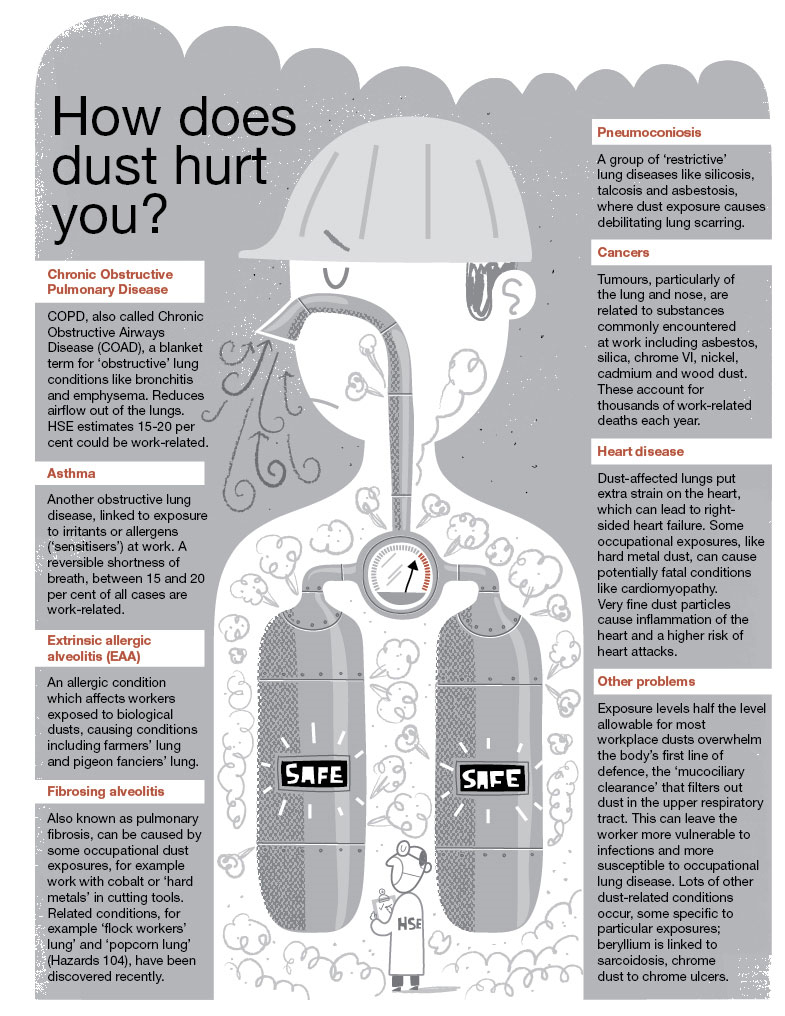Cleaning Terminology
Cleaning is removal of unwanted foreign substances from the surface or environment.
These foreign substances are either dust or dirt which adhere to the surface and needs actions to make the surface free from these foreign substances.
Hygiene is the practice of keeping yourself and your surroundings clean, especially in order to prevent illness or the spread of diseases.
Sanitation Sanitation is the process of keeping places clean and healthy, especially by providing a sewage system and a clean water supply.
What is to be Cleaned?
Dust : Small, dry solid particles, generally taken as those particles below 75 μm in dia, which settle on surfaces under influence of gravity due but may remain suspended for some time.
These particles projected into the air by natural forces, such as wind and by mechanical or man-made processes such as crushing, grinding, milling, drilling, demolition, shovelling, conveying, screening, bagging, and sweeping. Dust particles are usually in the size range from about 1 to 100 μm in diameter.
Dust needs to be removed either by dusting, vacuuming or by using sweeping machines.
How dangerous is dust ? Why so surface worn out or get scratches ?

As can be seen in the list, quartz has a hardness of 7 . Quartz is one of the most abundant minerals on Earth and is even in dust particles that constantly float through the air. This is why minerals with a hardness less than 7 will abrade relatively rapidly with normal wear.
Action of cleaning will depend on what is dust particle size.

Diseases due to Dust

Dirt. : Filthy or soiling substance (such as mud, dust, or grime) which adheres to the surface and creates a bonding which needs some action of dislodging in such away that the dirt is removed without damaging the surface.
Depending on the sensitivity of the surface ,nature of dirt, accumulation level, ageing of the accumulation, strength of the bonding / adhesion the right process is applied.
